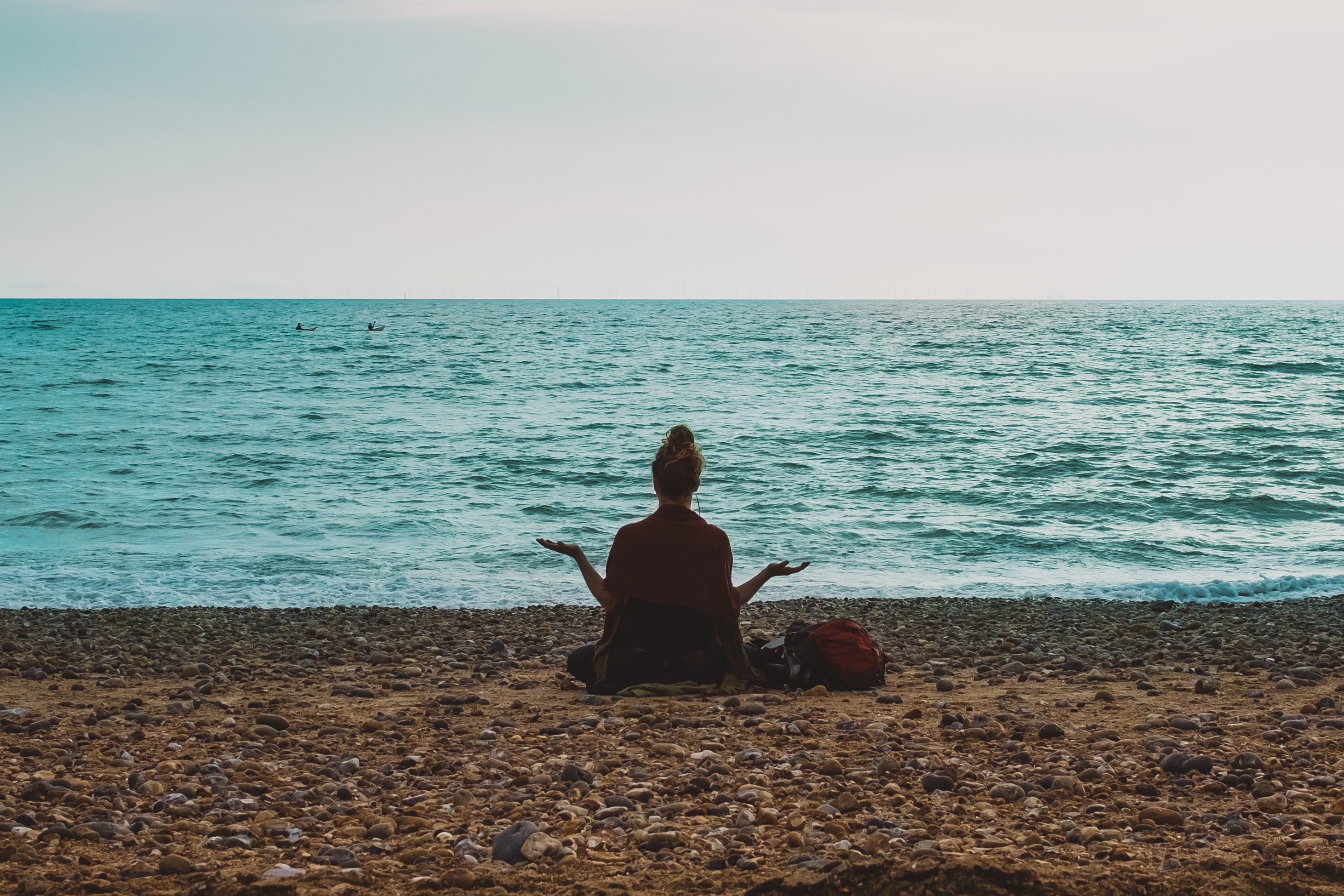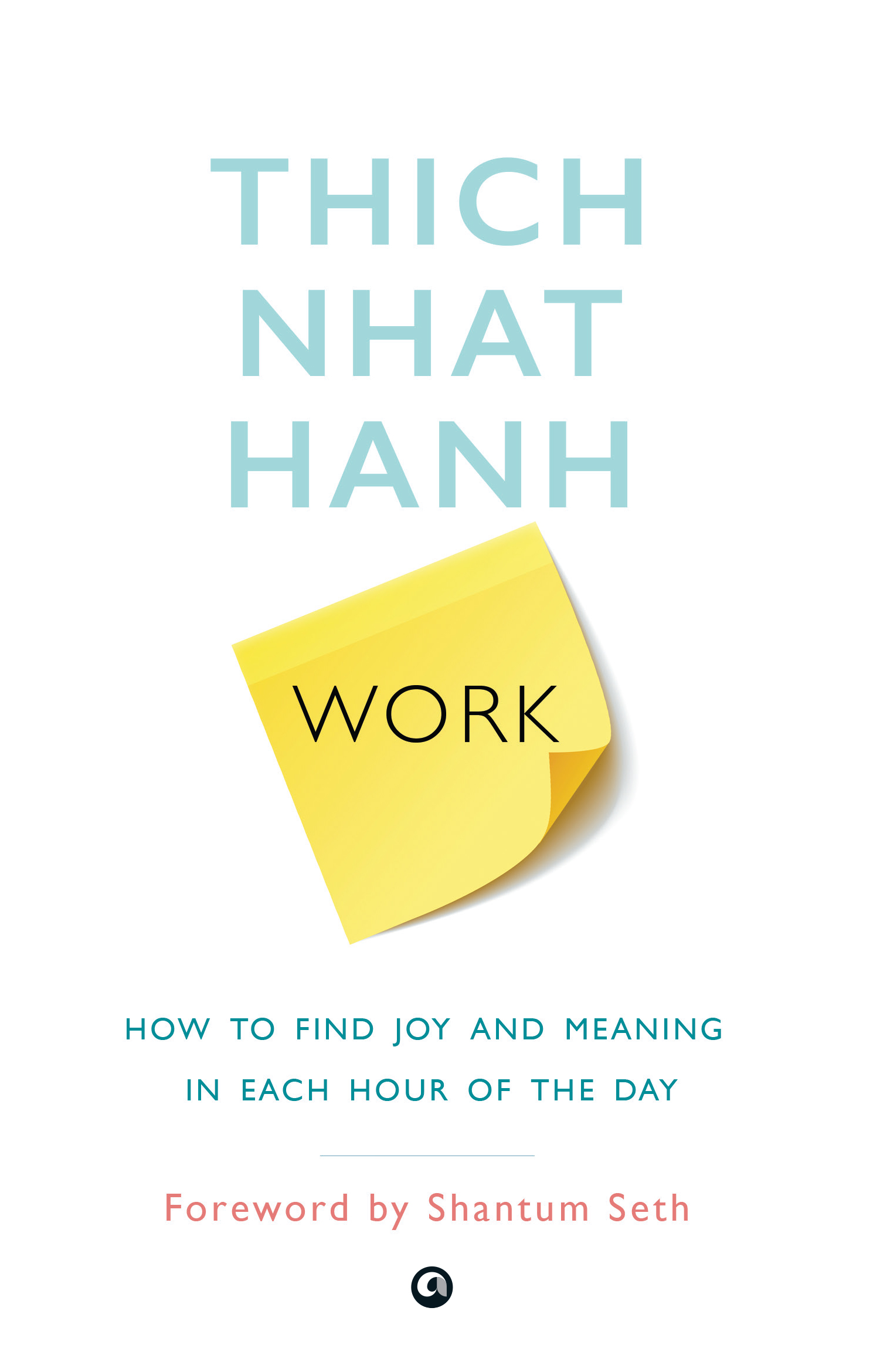The Island of Self – Thich Nhat Hanh
When the Buddha was eighty years old and knew he wasn’t going to live much longer, he offered the practice of the ‘island of self ’ to his students. He said that there is a safe island within yourself that you can go back to every time you feel afraid, unstable, or in despair. Go home to the island of self inside of you and take refuge in that island and you will be safe. The island of self is just one breath away. With the practice of mindful breathing or mindful walking, we can come home to our island straight away.
Before moving to Plum Village, I used to stay in a hermitage about an hour’s drive from Paris. One day I left my hermitage to go for a walk. The morning was very beautiful, so before leaving, I opened all the windows and doors. But at about four in the afternoon, the weather changed; the wind came up, clouds covered the sun, and it started to rain. I knew that I should go home so I practiced mindful walking back to the hermitage. When I arrived, I found my little hermitage in a very bad state. It was dark, cold, and miserable inside the hermitage; it was no longer a pleasant place to be. But I knew what I had to do. The first thing was to close all the doors and windows. The second thing was to make a fire in the wood-burning stove. After that, I lit a kerosene lamp. Then I went to collect all the sheets of paper that had been blown all around the hermitage. When everything had been picked up and put back in its proper place, I sat close to the fireplace and warmed myself by the fire. Now the hermitage had become a cozy, pleasant place to be again. I was safe and comfortable in my hermitage.
This image can illustrate what to do when we feel down or upset in our daily lives. We try hard, but the harder we try, the worse we feel. We say, ‘It’s just not my day.’ We seem to fail in everything we attempt to do. We try to say or do something to improve the situation, but it doesn’t work. This is the time to go back to our hermitage and close all the doors and windows. Go home to yourself by way of your mindful breathing, and recognize the feelings inside. There may be feelings of anger, of fear, of anxiety, or of despair. Whatever feeling is there, recognize it, and embrace it very tenderly.
When a mother hears her baby crying, she stops whatever she’s doing and goes directly to the baby. The first thing she does is to pick up the baby and hold her tenderly in her arms. In the baby there is the energy of suffering. In the mother there is the energy of tenderness, which begins to penetrate into the body of the baby. Similarly, your fear is your baby. Your anger is your baby. Your despair is your baby. Your baby needs you to go home and take care of it. Go home to your hermitage, to the island of self right away, and take care of your baby.
The energy of mindfulness is the mother; with the energy of mindfulness you can hold your baby. Mindfulness is an energy you can generate. It is the capacity to be aware of what is going on. It’s the heat you can produce by making a fire. The fire, the heat, will transform the cold and misery in your hermitage. Your baby is you; you shouldn’t try to suppress the strong emotions or negative feelings you have. Your fear, your anger is you; don’t fight it. Don’t struggle against your fear, your anger, or your despair. With mindfulness, you can embrace these feelings. If you continue to breathe mindfully, the energy of mindfulness will be generated and will embrace and calm your difficult feelings, like a mother tenderly embracing and calming her crying baby.
***
In this extraordinary book, one of the world’s best known Zen Buddhist teachers uses Buddhist precepts to teach us how to find meaning in our jobs and deal with challenges in the workplace. The book’s emphasis is on how to use applied Buddhism in daily life. It shows us how to eliminate stress, adopt new models of leadership, doing business and mindful consumption and tells us how we can move in the direction of achieving sanity and fulfilment in our daily routines. Practical, insightful and easy to follow, Work offers us new ways in which to live and earn our livelihood.
***


